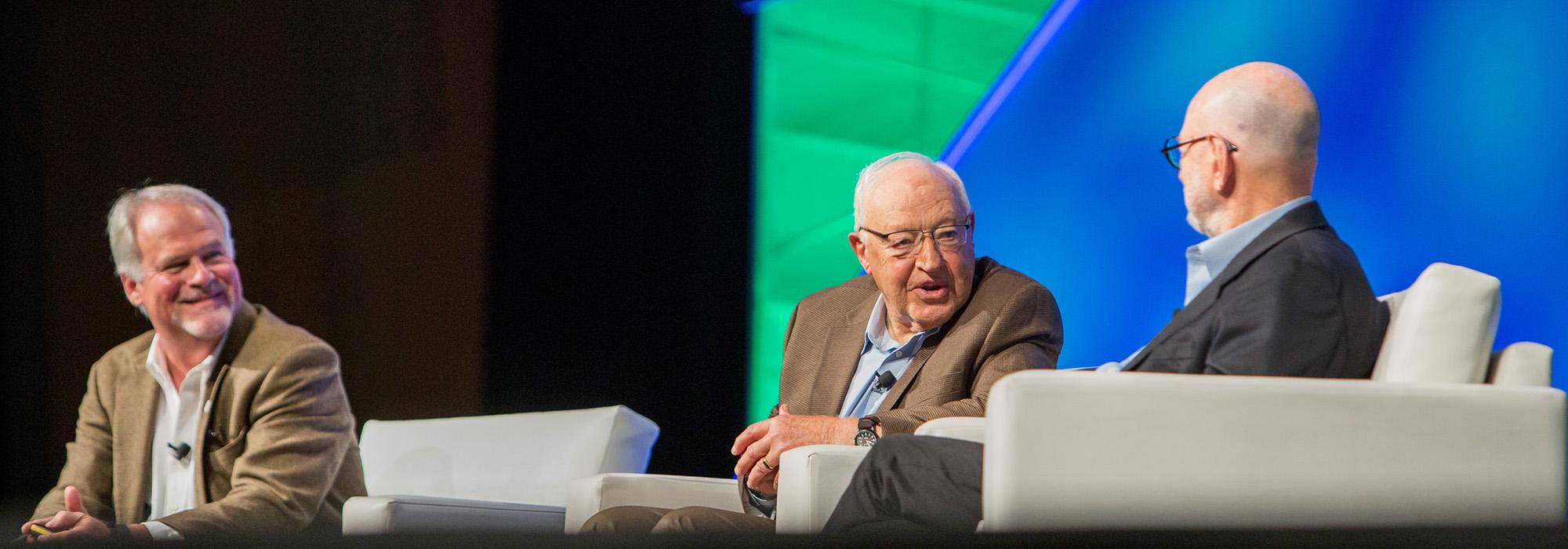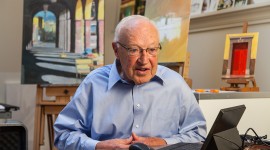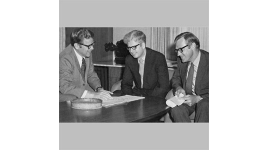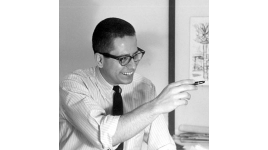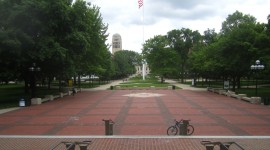Inspired by Bill Johnson's Teachings
James "Jim" Richards is an artist, author, and urban designer. His reflection is one of many that were submitted to TCLF in support of our recent Pioneers of American Landscape Design Oral History (the fourtheenth in our award winning series) with William "Bill" Johnson, who taught and mentored numerous professionals in the landscape architecture field. All of the reflections and the complete Oral History can be found here.
I think about Bill Johnson more days than not. I don’t believe there’s an individual whose life and work have had a greater impact on my career direction. There’s no way to count how many day-to-day decisions, from project approaches to major career turns, have been given a greater degree of clarity by asking myself, “What would Bill Johnson do?”
This is remarkable mostly because I was never a classroom student of Bill’s. I was never his employee. I didn’t really meet Bill until well into my career. But over 40 years later, I remember the impact that seeing his remarkable drawings had on my thinking as an undergrad. Even then, they spoke to me about how the joy I experienced in drawing could be channeled into a successful and meaningful career that could make a difference in people’s lives.
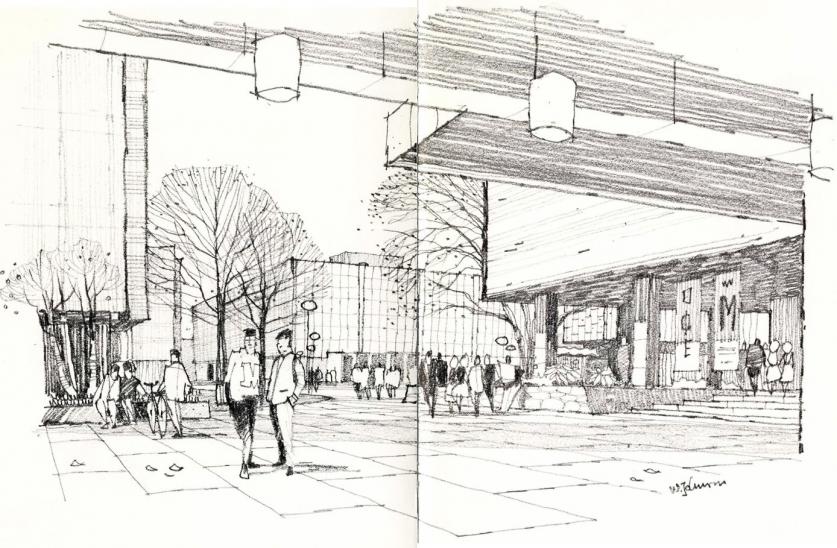
Shortly after, I was truly honored to join Johnson, Johnson and Roy (JJR), some six years after Bill had departed the firm to accept the Dean’s position at the School of Natural Resources at the University of Michigan. I was fortunate to be taken under the wing of Dale Sass, a young protégé of Bill’s, who spent countless hours with me on project work, in office talks and through daily lunch discussions, shaping my thinking and skills. Often as not, these lessons began with, “Bill says“ or “Bill would think about it this way.” In the evenings, I would pull stunning project publications from the office library and take them home—the University of Michigan Central Campus Plan, the Chicago Lakefront Plan, the Grand Valley College Master Plan, and many, many others—where I would read them like a menu. I looked for overarching ideas and principles, I diagrammed the project processes, and I noted particularly well-phrased passages that communicated complex ideas with remarkable, plain-spoken clarity. And I traced Bill’s drawings—scores of them—to try to unlock their secrets. I applied what I learned to new projects and, over time, saw progress in my thinking, drawing, and professionalism.
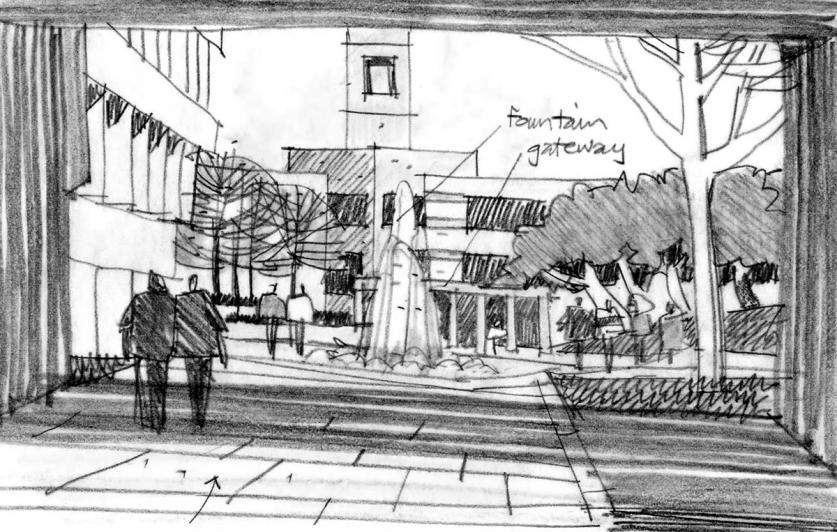
Through my years at JJR, Clarence Roy purposefully paired me with Jim Christman and other principal designers that had worked closely with Bill to further my education, and I learned more about the values and attitudes that were the foundation of Bill’s teaching:
- To trust the process of discovery
- That you can’t do it alone
- That properly understood, open space can be the primary shaper of long-term growth and development strategies
- That when planning and the building arts are considered comprehensively, as mutually reinforced influences, both are enlarged rather than diminished
- That we draw to see, to help others see, and to have early influence
In the ensuing years, I left JJR to start my own consultancies, held several university teaching positions, collaborated with a number of national firms, and mentored many young professionals. More recently, I’ve found myself spending a good deal of time chatting with Bill, in interviews for an upcoming book on the creative process, and to facilitate the 2016 ASLA Annual Meeting General Session, in which Bill and Peter Walker shared foundational ideas, stories and life lessons from 60 years of friendship, practice and partnership in front of a rapt audience numbering well into the thousands.
Now, like Bill, I’m stretching into new creative directions and striving to grow as an artist to further enrich the journey during this “third third” of my career. And at the onset of most of these new endeavors, I’ve stopped to ask myself, “What would Bill do?” The answer is always enlightening.
Thank you, Bill.



